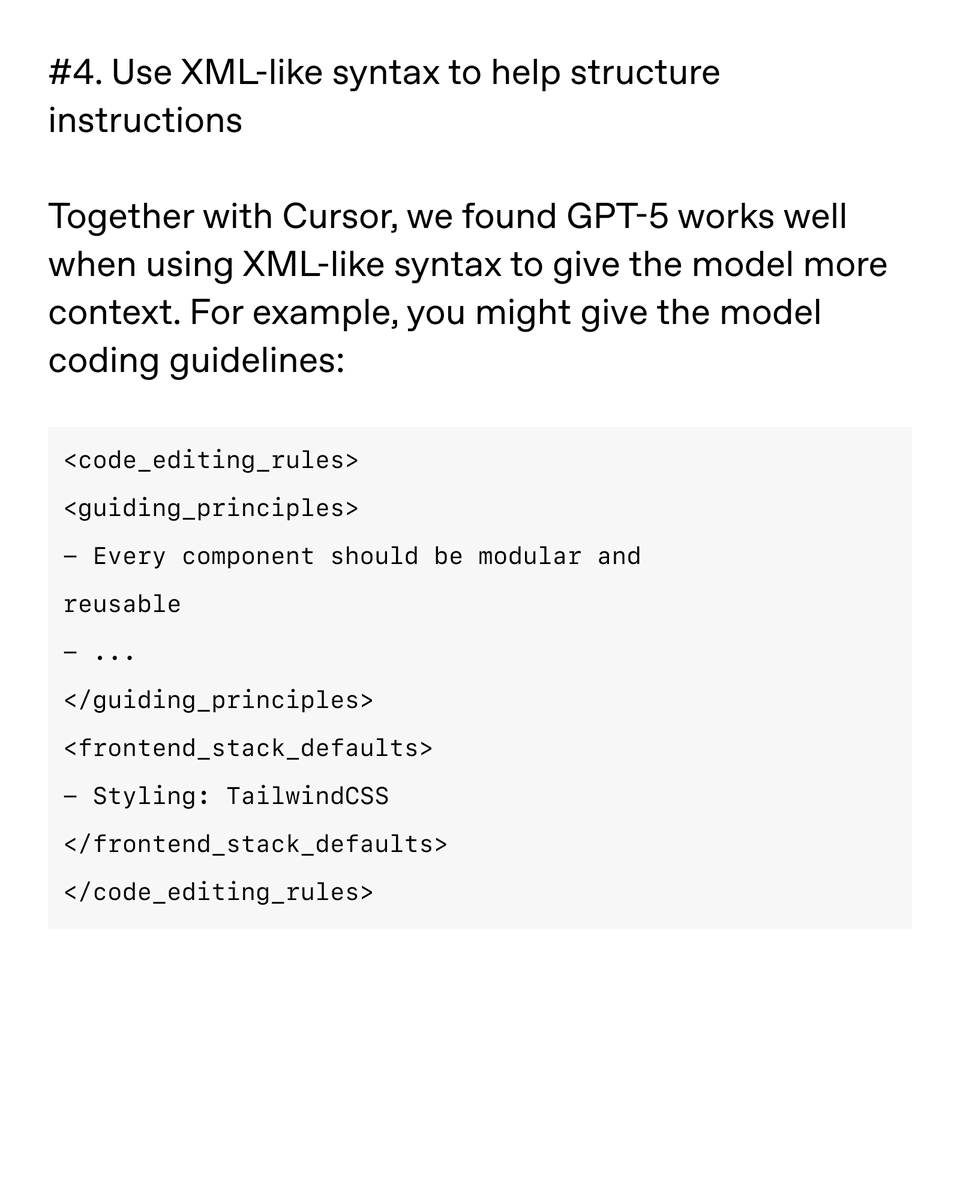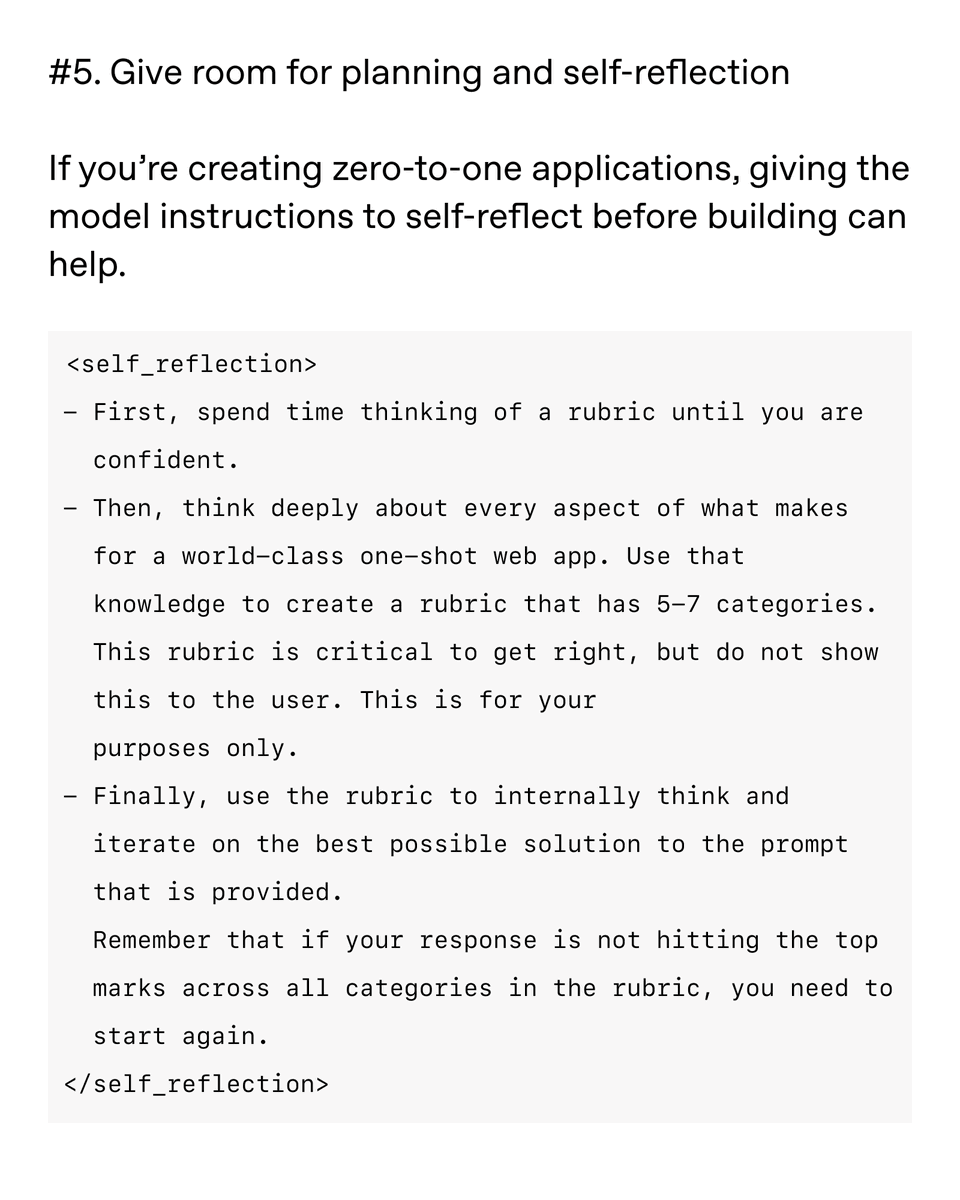MCP 🤝 OpenAI Agents SDK
You can now connect your Model Context Protocol servers to Agents:
We’re also working on MCP support for the OpenAI API and ChatGPT desktop app—we’ll share some more news in the coming months.openai.github.io/openai-agents-…
You can now connect your Model Context Protocol servers to Agents:
We’re also working on MCP support for the OpenAI API and ChatGPT desktop app—we’ll share some more news in the coming months.openai.github.io/openai-agents-…
• • •
Missing some Tweet in this thread? You can try to
force a refresh











